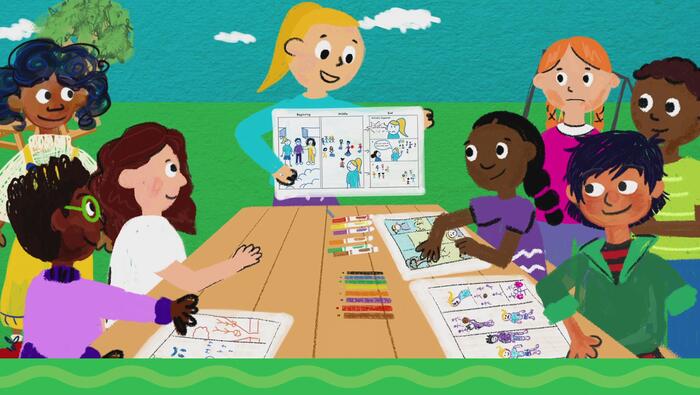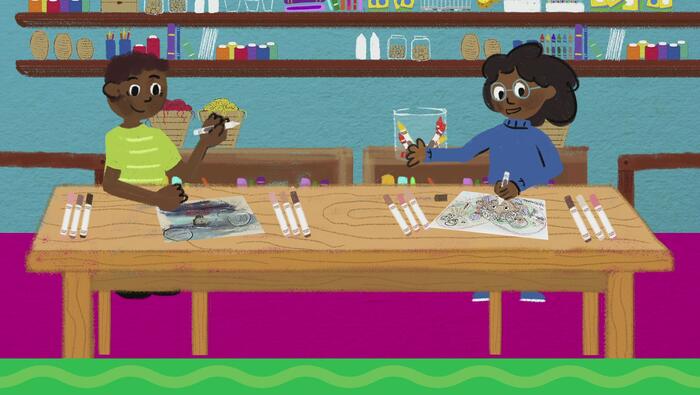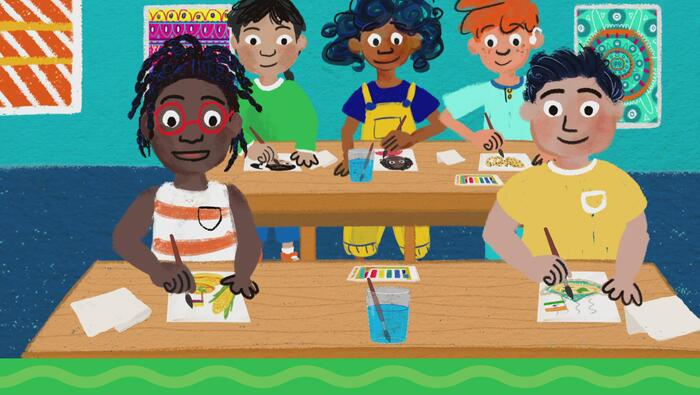
Connect With Community Artists
Non-traditional artists enhance every community’s quality of life by meeting everyday needs while bringing rich cultural traditions to many art forms: bread-making, gardening, hairstyles, home décor, and head coverings, to name just a few. Let’s learn a little about how some of them make their art and how enjoying their artistry teaches us more about the cultural diversity and common needs in our community.
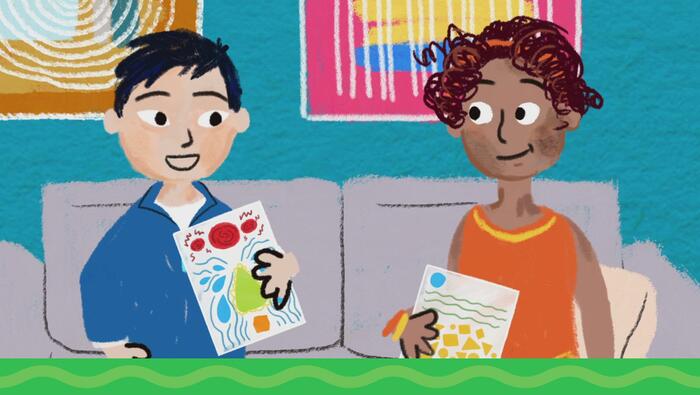
Courageous Conversations
Children use art as a way of learning how words and behaviors impact people. They create Courageous Conversation collages as springboards for dialogue that is important and difficult. Courageous conversations are the hard ones, the deep ones – the discussions about how we have been hurt by others’ words and actions.
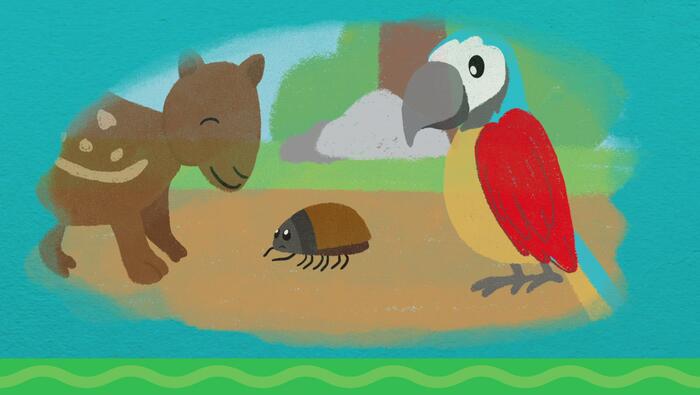
The Arts Communicate
In every community, individuals and families pass down their cultural heritage through fables and folktales, the stories that are timeless. In this video, children discover that the arts provide every culture ways to creatively communicate universal values and their community’s specific traditions.
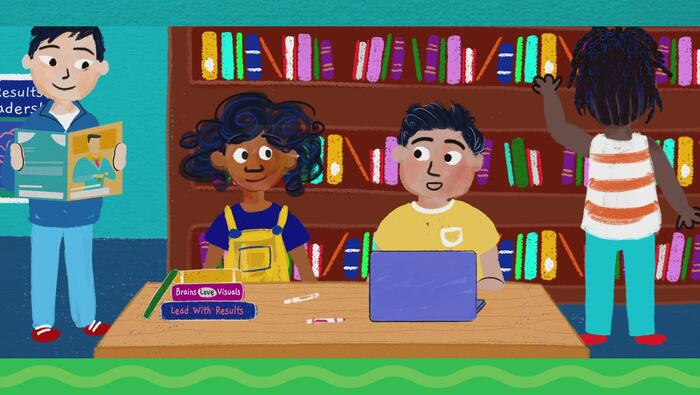
Visuals Show Results
Leadership Mindsets lead people to deeper self and social awareness and responsible decision-making. Leaders who focus on people, culture, results and innovative thought inspire positive change and work effectively with others. This video shows how children can focus on four ways they can be leaders and graphically document their leadership strengths with art.
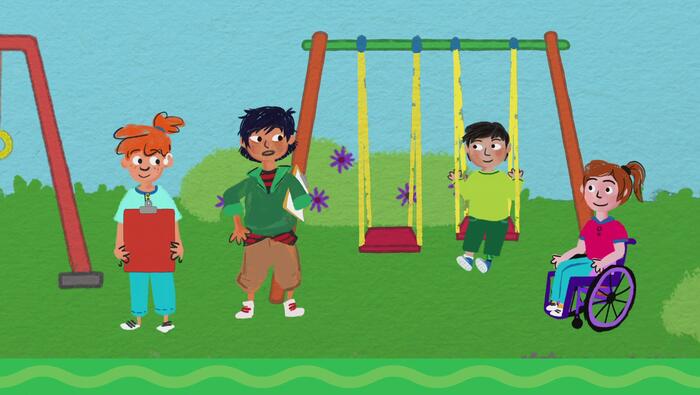
Speak up For Adaptations
Children will use their people leadership skills to realize playground needs of those with a range of abilities. They plan adaptation for a city park to include the needs of all and present their plan to City Council decision makers. What adaptations can you imagine that would increase inclusion at a community park?
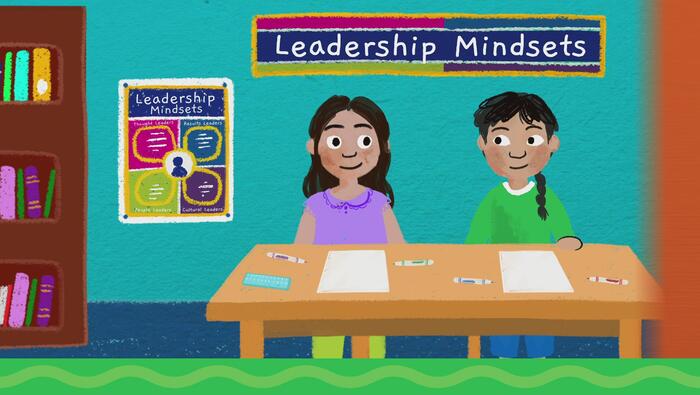
Four Ways to be a Leader
Leadership Mindsets lead people to deeper self and social awareness and responsible decision-making. Leaders who focus on people, culture, results and innovative thought inspire positive change and work effectively with others. This video shows how children can focus on four ways they can be leaders and graphically document their leadership strengths with art.

Flip Folk Tales
Folktales become springboards for exploring new and imagined adventures, as children explore the perspectives and assumptions from several characters’ point of view. In this video, viewers are encouraged to flip stories, by modifying them in ways that add humor or surprise, and help them consider alternative points of view.
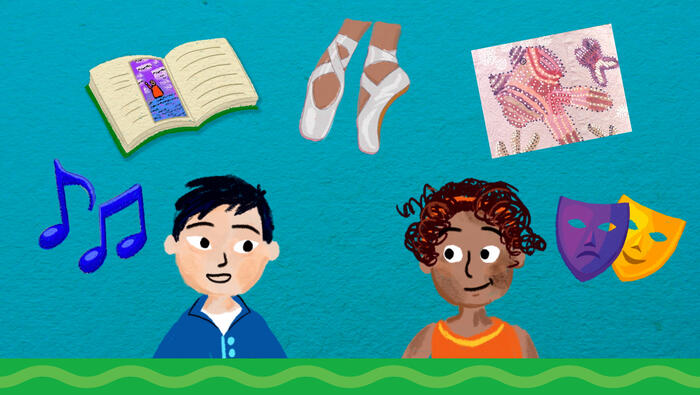
Hear Many Points of View
Cultural leadership involves listening to many points of view and understanding the role that diverse backgrounds and cultural priorities have on people. In this video the children ask, “What does arts in education mean and why is it important?” They use an open mindset to hear about different preferences and see how cultural traditions help learners connect to ideas and each other.
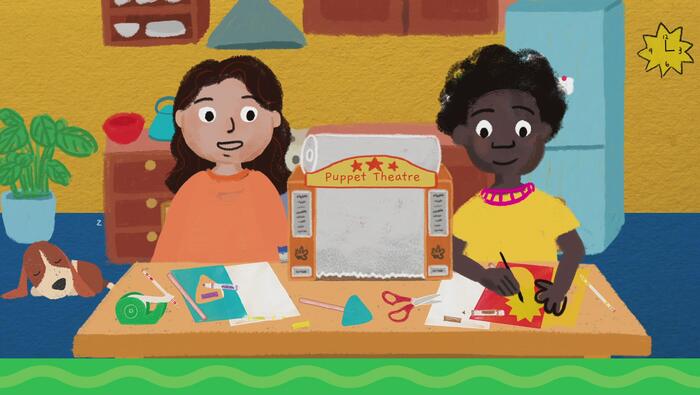
Why Characters Act That Way
A key element of stories is how characters change from beginning to middle to end. In this video, children learn about how and why characters change by creating a 3-part story. They then dramatize the story using simple puppets made of three basic shapes and primary colors. These characters change the way they look and act, as a result of encountering one another. Join them to see what happens as they change and grow.
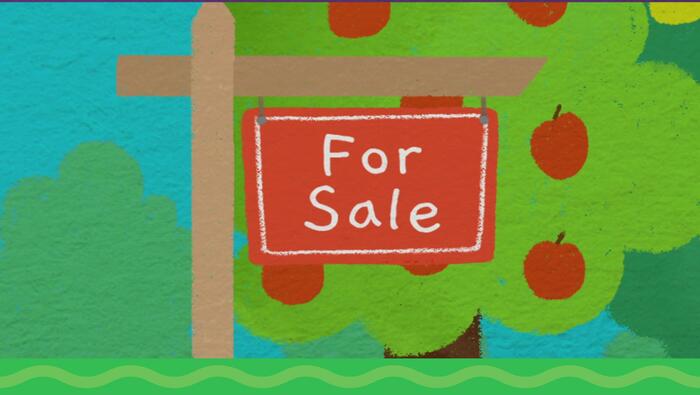
Picture Possibilities
As the population grows and land becomes increasingly valuable, for sale signs invite conversations about the possible uses of fields and farms. Decisions about land use impact communities for a long time, so visualizing the future is important. In this video, an orchard is for sale. The children consider possible future uses for this land, visualize three possibilities, and encourage viewers to come up with ideas of their own.

Architects of The Future
Architects must think flexibly about the changing needs of school structures and students. In this video the focus will be on designing accessible, inclusive space that fosters future ready skills and behaviors: observation, collaboration, and reflection. Join a group of kids on their creative characters where they plan and then build a 3D model of a future-ready school.

My Beautiful Brain
The concept of the brain taking in information and making decisions seems abstract for young children. Helping them realize what it is like to have limited sensory input makes them aware of the brain’s role in connecting what we see, touch, and hear with our understanding of self and others. In this video, the children create sensory muting equipment. They then experience and compare beautiful sounds, tactile objects, and images with and without muting their senses.

Communicate Through Gesture
Common gestures and formal sign language can be used to communicate kindness and support. In this activity, children draw some American Sign Language and common gestures that make people feel welcome. Their art reminds them and others of the ways gestures help people communicate.

Start with a Breath
Deep, slow breathing can calm children down. This video helps children focus on their breath to relax, stay calm, and get ready for what’s coming next. As children become aware of their breath, they begin to learn self-regulation techniques. Making art that shows their full bodies helps to deepen self-awareness.
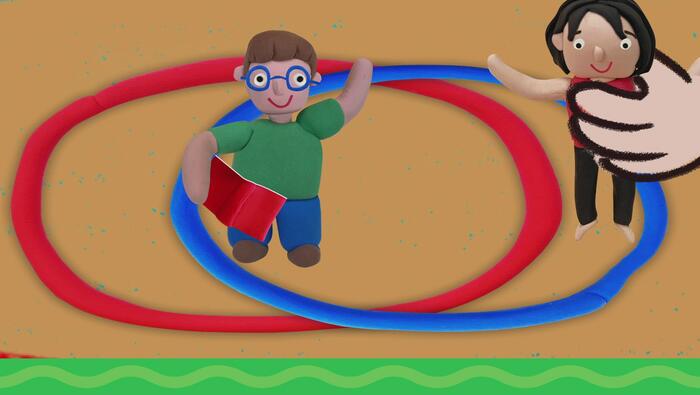
My Style And Your Style
Some children learn by moving, listening carefully, visually noticing details, using logic, and being aware of others. In this video, they articulate their strengths and notice those that they admire in others. They work in pairs to show ways they can work together by combining their individual styles.
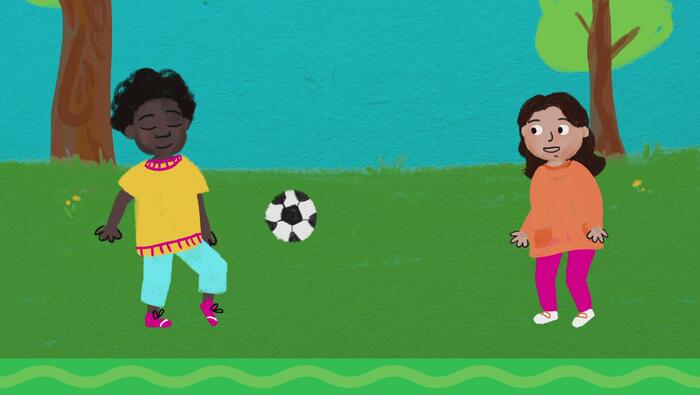
My Busy Pace And Quiet Place
A child’s self-awareness of what helps them relax and regroup can be increased when they plan a quiet space where they can observe, connect with their inner thoughts, and reinvigorate their energy. In this video, children create a visual model that juxtaposes their busy pace and quiet spaces, with attention to the sounds, looks, and feeling of quiet spaces.
